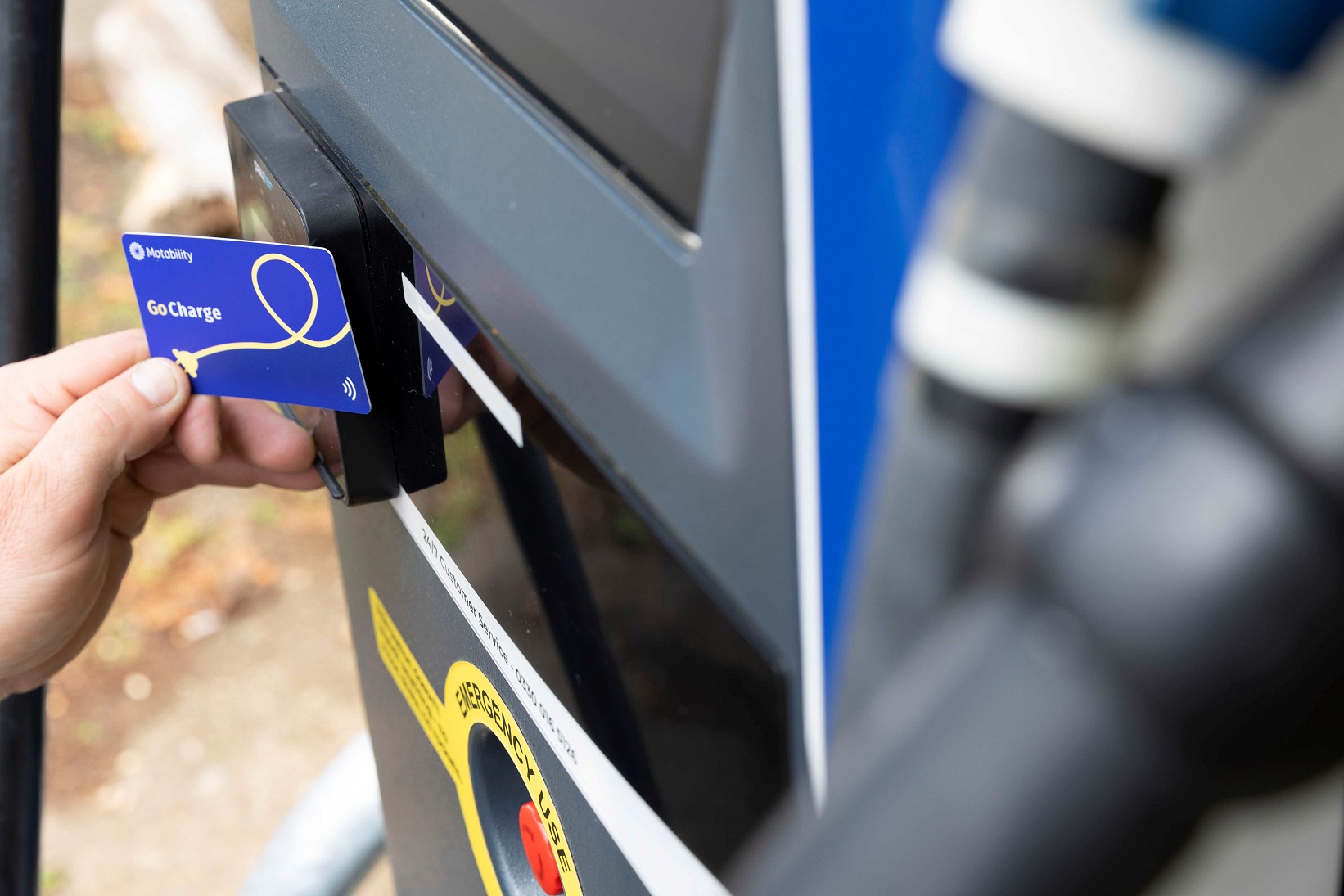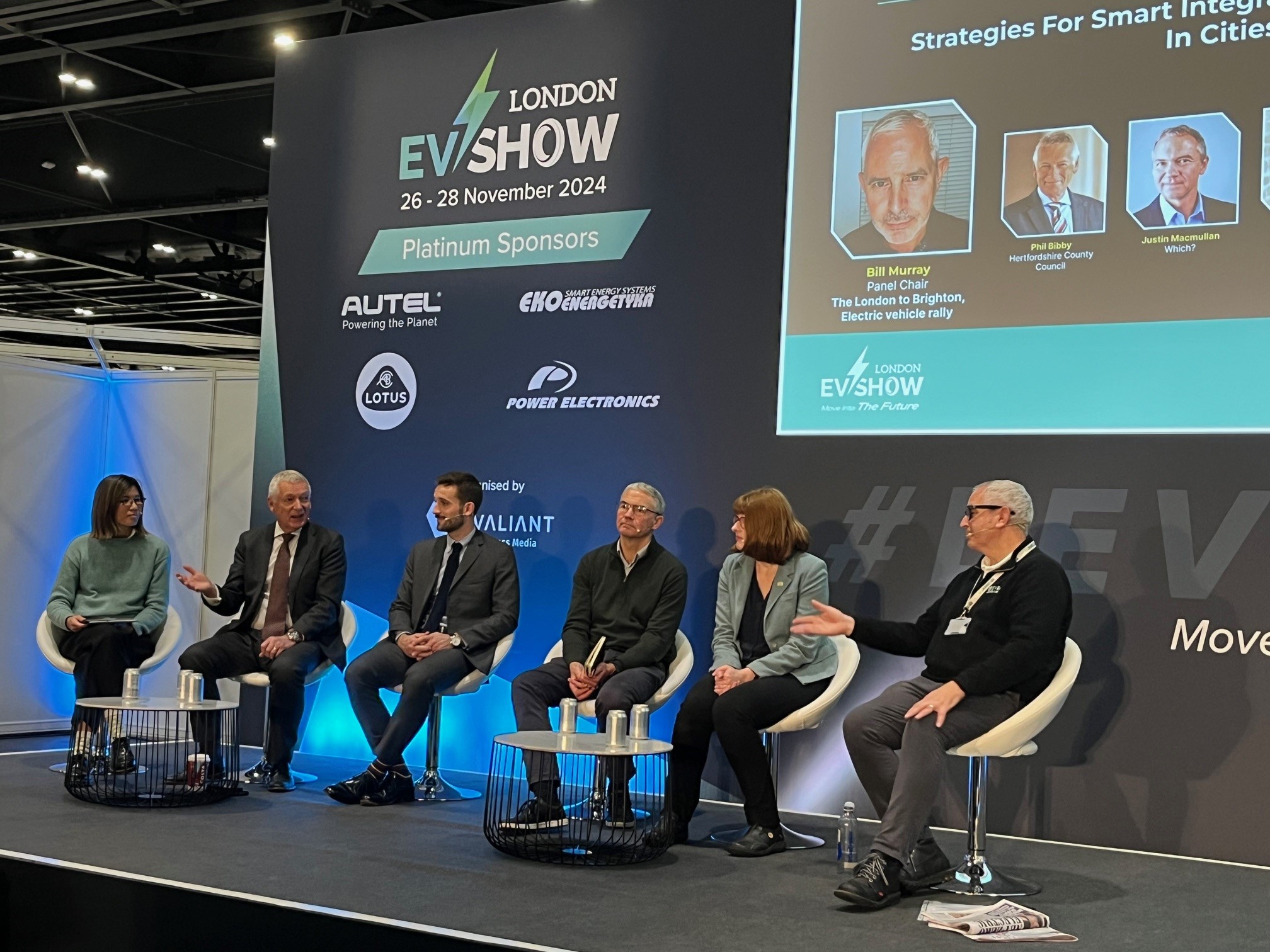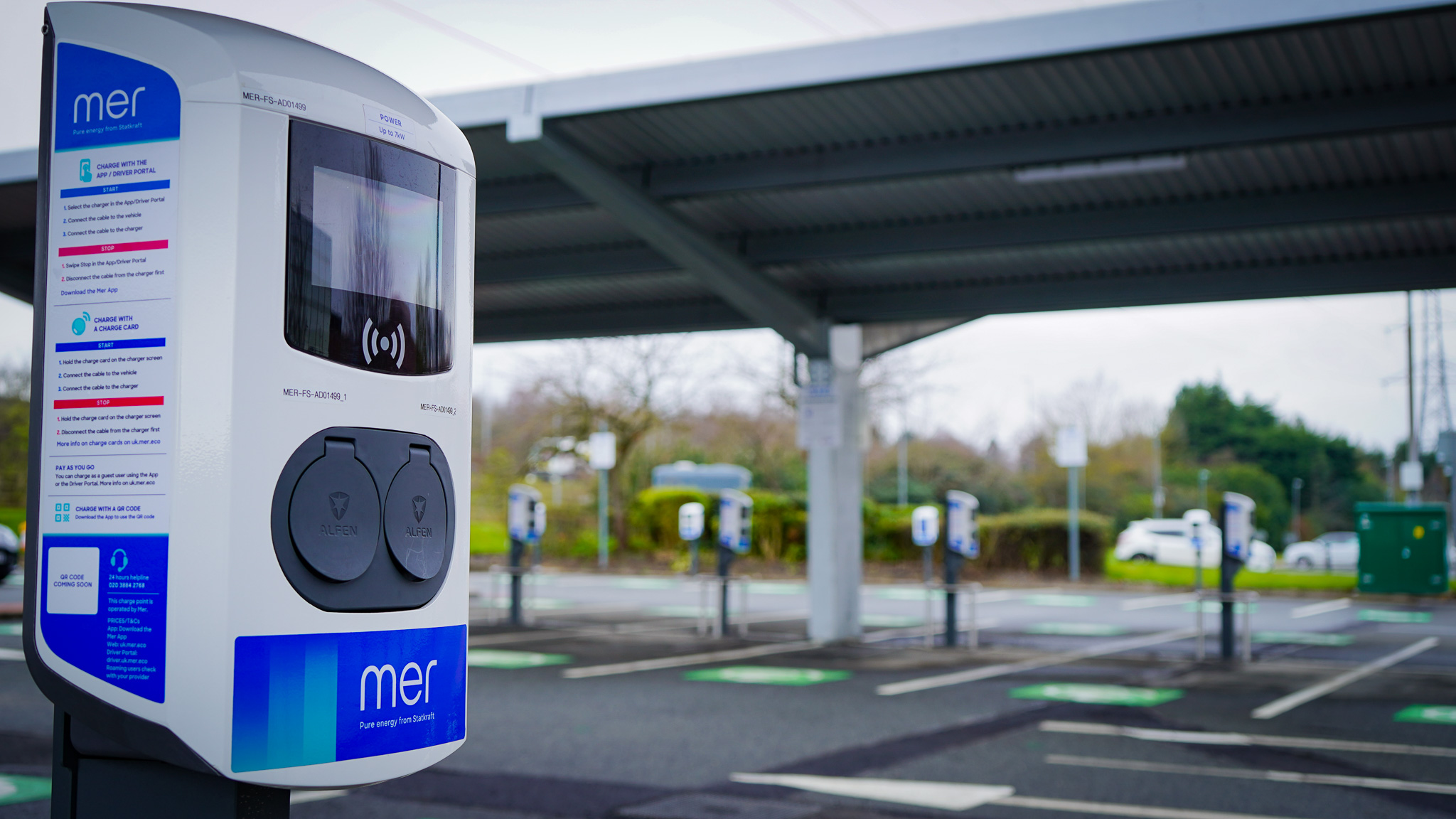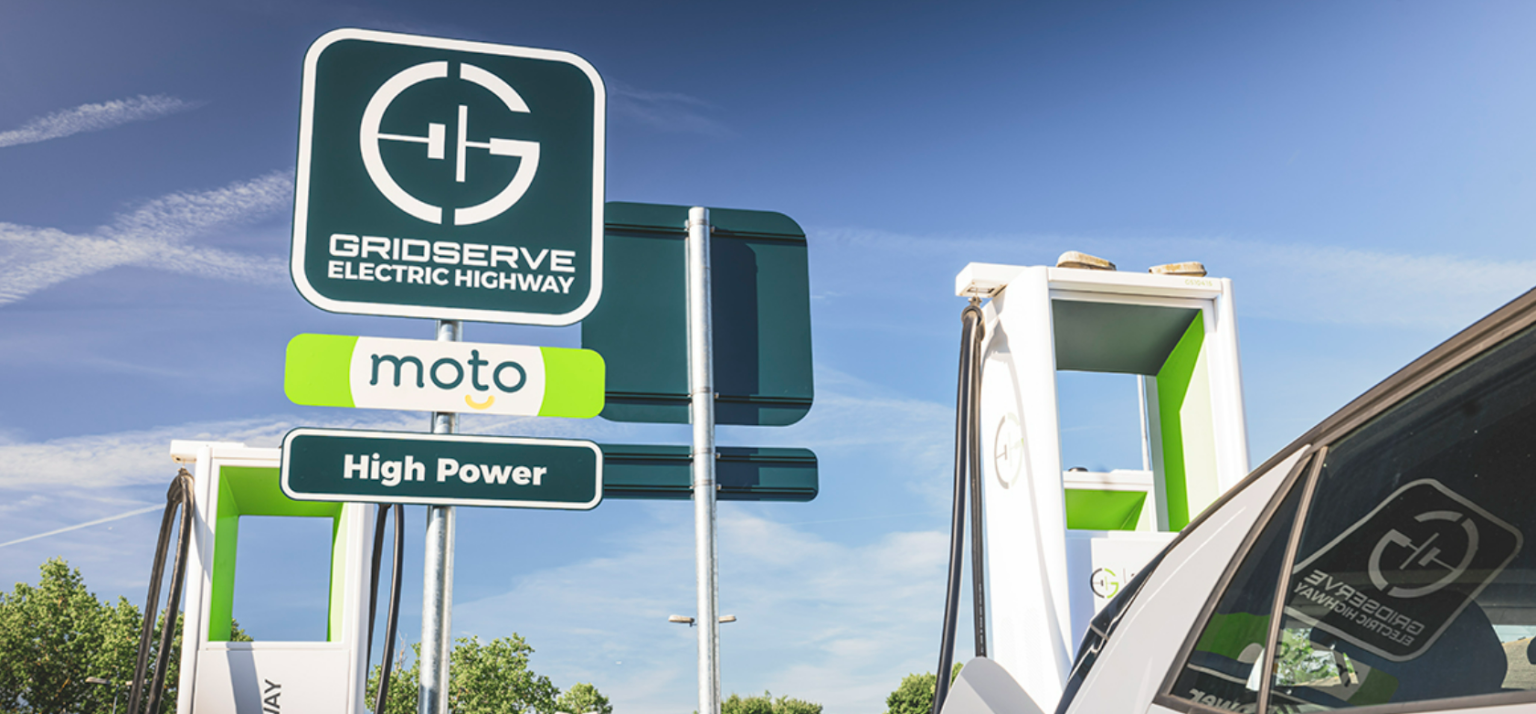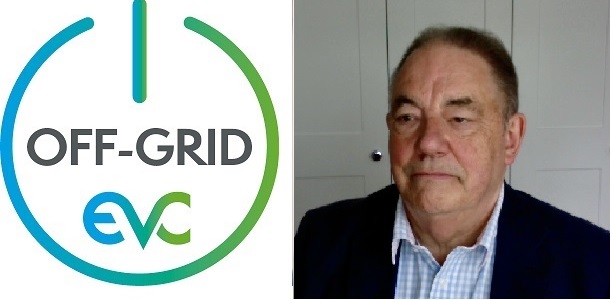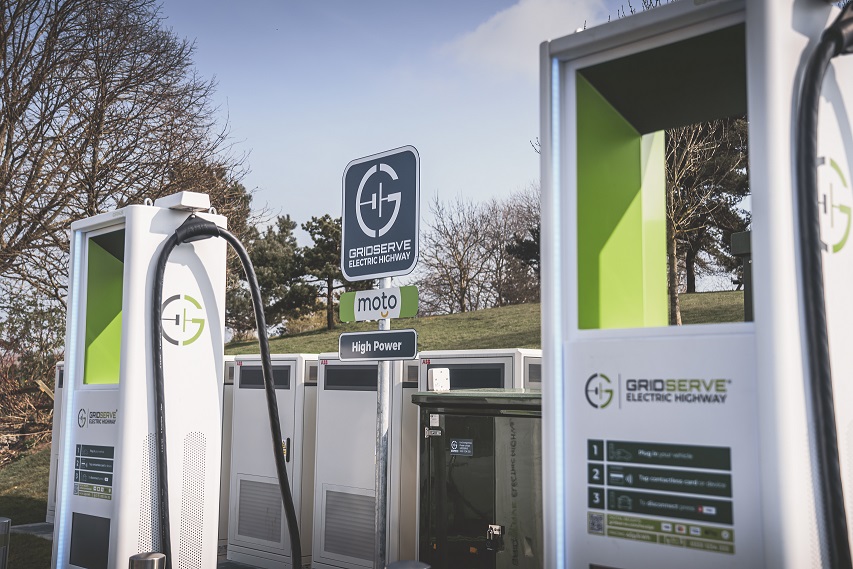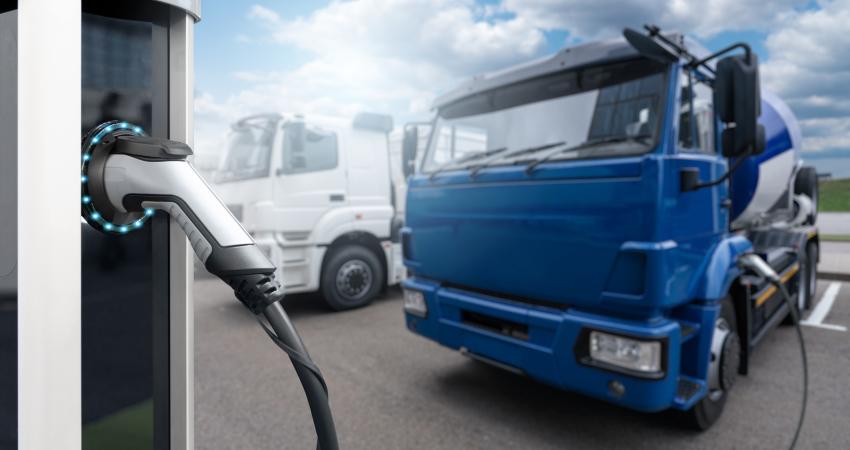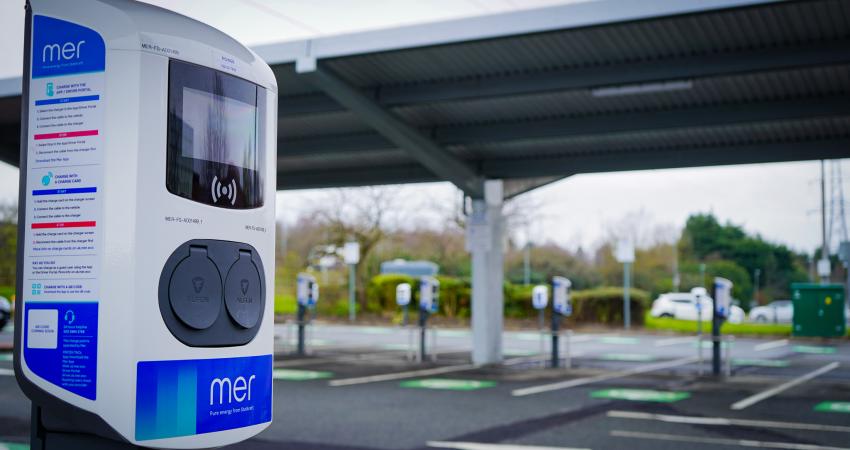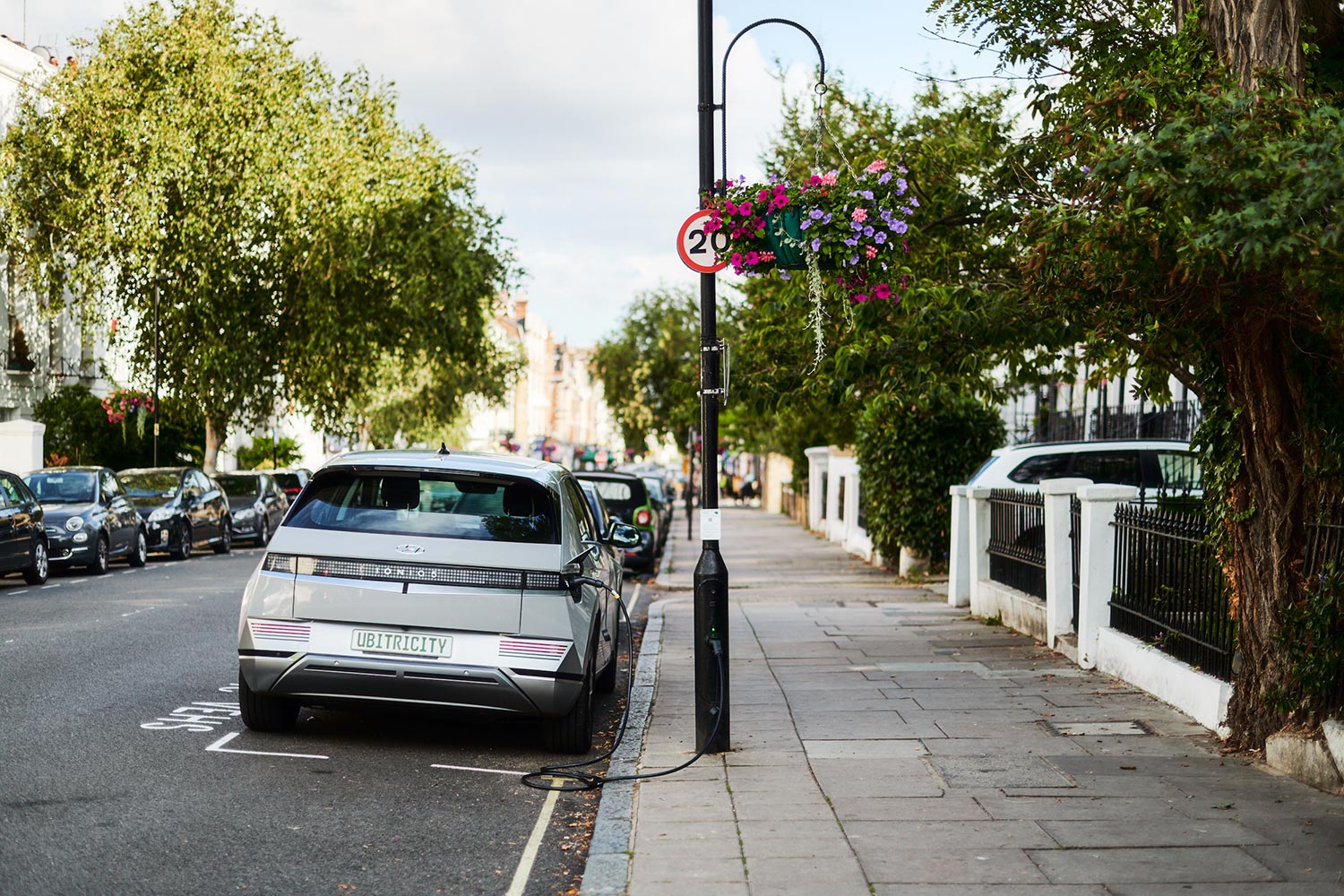
Improving charging point access for the disabled, accelerating rollouts at car parks and destination locations, and the installation of on-street chargers can help overcome the long standing barrier to EV adoption of "charging anxiety".
So far in 2022 battery electric vehicles have taken a 15.1% UK market share of all new car registrations, according to Auto Trader. The UK government plans to ban sales of new petrol and diesel cars by the end of the decade, so the need for sufficient EV charging infrastructure to keep pace with the likely rapid escalation in EV numbers is urgent.
"For electric vehicle use to grow more rapidly drivers need to feel confident that there are convenient and reliable means of recharging their vehicle when they are travelling," says Mark Palmer, brand manager at Auto Trader. "Charging anxiety is an issue that has been around for a long time but is still at the forefront for many EV considerers and rejecters."
Palmer moderated a discussion on overcoming charging anxiety at the EV Summit held at Said Business School, University of Oxford, UK on December 12.
Shell Recharge Solutions has one of the UK's largest public charging networks, and intends to speed up deployments at forecourts and in towns across the UK from its current 12,000 charging points to more than 100,000 by the end of this decade. Around 11,000 will be rapid chargers and Shell's ambition is for 90% of UK drivers to be within 10 minutes of one of its rapid chargers by 2030.
The company is pursuing a partnership and acquisition strategy to extend its charging point network.
Toby Butler, director at on-street charging tech company ubitricity which Shell acquired in 2021, said that massive scale deployment of on-street charging points is part of the solution as this takes away charging concerns for people unable to install home chargers. ubitricity works with local authorities across Europe to integrate EV charging into existing street infrastructure. He predicts that a large proportion of Shell's 100,000 charger target for 2030 will be on-street chargepoints.
"The good thing now is that we know the solutions to resolving most of the charging anxiety issues," said Butler. "We have over 6,000 chargers and our approach is to retrofit them to lamp posts and bollards, because it's so fast. It takes two hours to install them, is cost effective and means you get the most for your investment in terms of coverage."
He adds that ubitricity believes its network has solved most of the charging point accessibility issues for EV drivers in many London boroughs and it is now focusing on expanding its offering around the rest of the country. It is estimated that 40 to 45% of UK chargepoints are in London, and ubitricity has just started installing 300 chargepoints in Liverpool as part of its expansion strategy.
"You need to invest early and ahead of demand," says Butler. "We are willing to go wherever there isn't infrastructure at the moment."
Shell has partnered with UK Parking Control (UKPC) to install EV chargers in 100 car parks managed by UKPC, with eight fast or rapid chargers in each location. The companies plan to expand their collaboration over the next five years.
UKPC manages thousands of car parks across the UK and CEO Ben Cooke says its partnership with Shell will enable charging infrastructure rollout in areas where it is required.
"To expand the charging network we have got opportunity across many destination locations," he adds. "We are seeing from our data that EV turnover in car parks is increasing, but the infrastructure is not increasing at the same level. The key thing is that Shell can provide the infrastructure and we can provide the way in to the landlords."
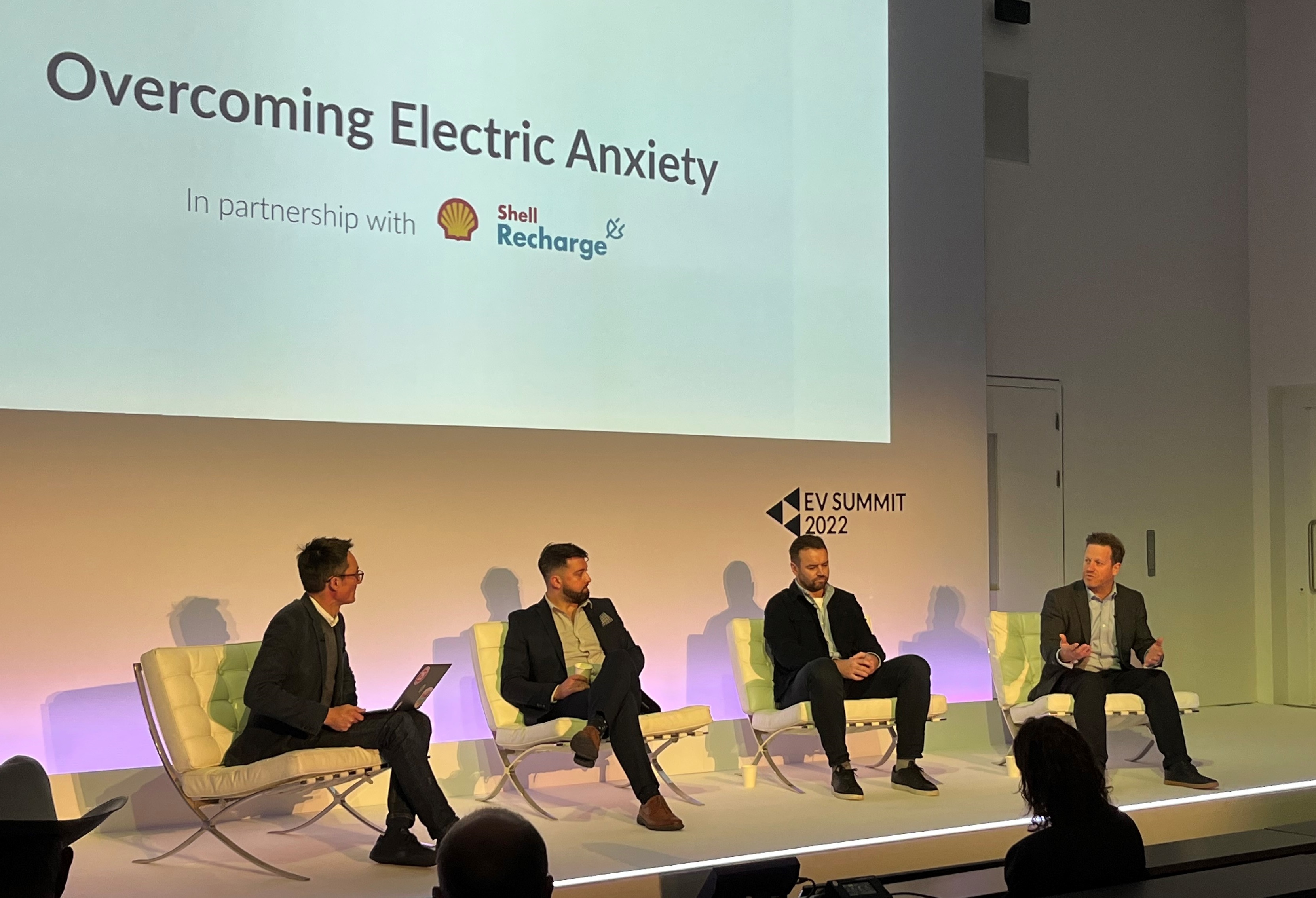
Shell has also partnered with Motability Operations, which provides for the transport needs of 650,000 people in the UK who are claiming a mobility allowance. Forty-one per cent of these customers have to charge publicly rather than at home, so chargepoint accessibility is a major issue. Motability scheme EV customers in the London area have been invited to take part in a 13-week trial on the Shell Recharge network including the Fulham hub which is Shell's first recharging hub.
The trial is intended to better understand what the barriers facing disabled drivers are when using public charging points. "This is an emerging issue that we are hearing and something that we need to bake in from the start," says Auto Trader's Palmer.
Motability's head of innovation Jonathan Jenkins says that, while the London trial for EV users with disabilities is in its early days, there are already some things that can be learned around charging point accessibility issues. "At the hub in Fulham everything is accessible," he adds. "There is also someone there on-site when it is open to be able to provide help with charging for elderly or disabled people who are having difficulty."
Jenkins says this level of help is not possible across every charging site, but Shell is introducing measures such as the Fuel Service application where disabled users who know they may have difficulties can call or message ahead so that someone will be there to offer support.
Offering wireless charging can also make the process easier for those with disabilities, and Jenkins says the design of chargepoints should also take into account issues such as the need to get a wheelchair in the space between different charging stations.
"If we build chargepoint bays a little bit wider where we can, and take into account height of the screen then we make them far more accessible for all, including families with young children as well as those with disabilities," Jenkins says. “Also if we can start building things that assist with the charging cable weight, which does already exist on some chargepoints. The colouring that is used on the screen could mean that someone with cognitive impairments is not able to use it at all.”
Butler says that the ubitricity/Motability pilot scheme centred around the Fulham charging hub in London will help in addressing these accessibility issues as it involves 400 EV drivers with a varying range of needs. “We have got the perfect platform to learn as much as possible,” he adds. “In this 13-week period I hope we can get a huge amount that can inform, not just us, but the wider industry as well.”
Butler adds that there is now is a “huge burden” on local authorities to accelerate quickly and work with network operators to put infrastructure in place, but they are challenged by limited resources.
“You can go round in cycles of strategising about what sort of charging to have, where they should be placed, and how many,” he says. “The important thing is that local authorities and the commercial partners they select work together to break that cycle of strategy and start doing.
“We need to step up the level of urgency and action if we are ever going to hit the right level of infrastructure for 2030. We are ready to do it. Central government have put together the funding and the framework, so I think now together we have got to make it happen.”
Butler states that long-term contracts between local authorities and chargepoint operators are essential as many local authorities want a zero-cost deployment model. He says that 4 to 5 year agreements are insufficient, and 10 to 15 year contracts provide the time to pay back the infrastructure investment.
A major issue facing EV users who rely on public chargers is that they are more expensive to use than home charging, with a differential of up to 150%.
Butler says it should be a priority that the VAT rate for on-street public charging is reduced. He adds it is unfair that someone with off-street parking only pays 5% VAT for charging, while a short distance away at a public on-street charging point the rate could be 20%.
Providing cheaper rates for off-peak times is another way to make public charging more cost-friendly for EV users. Tesla provides 'time of day' charging on its rapid chargers, as does ubitricity.


